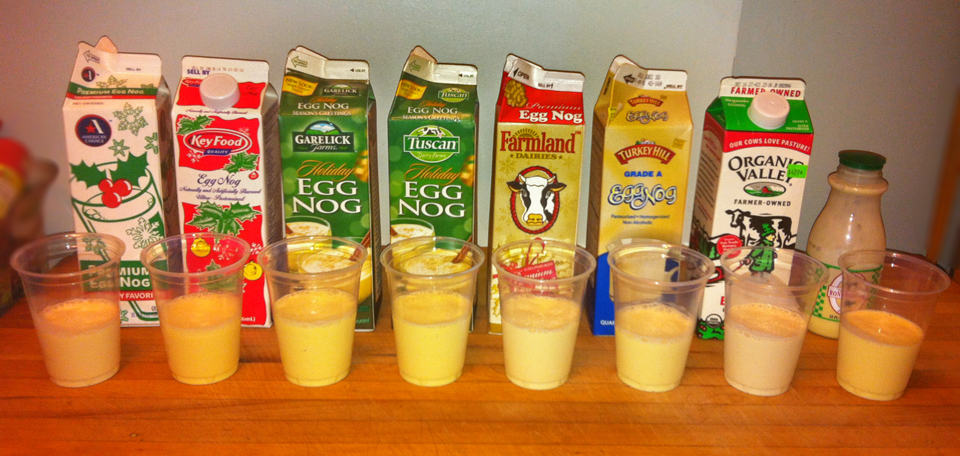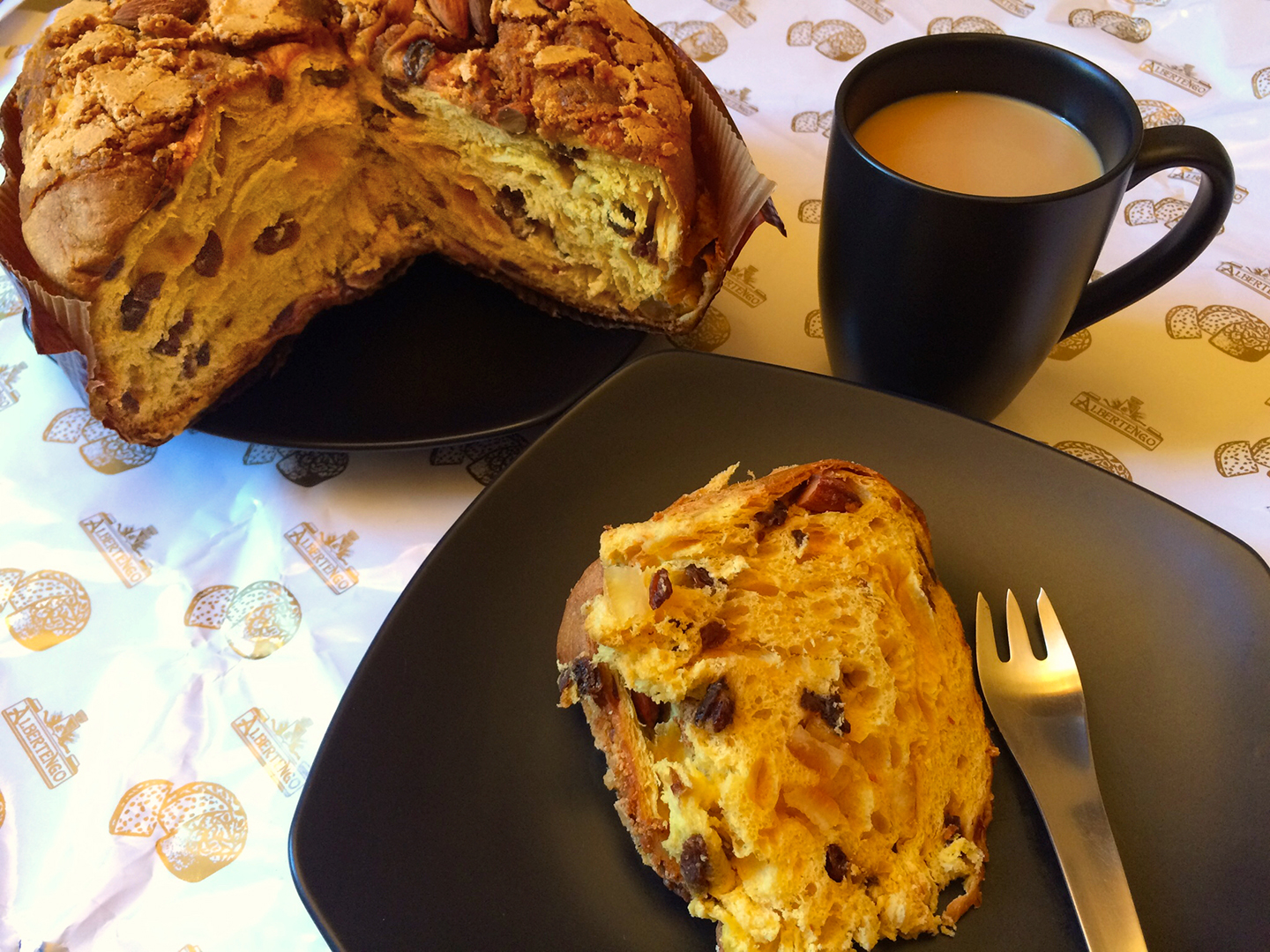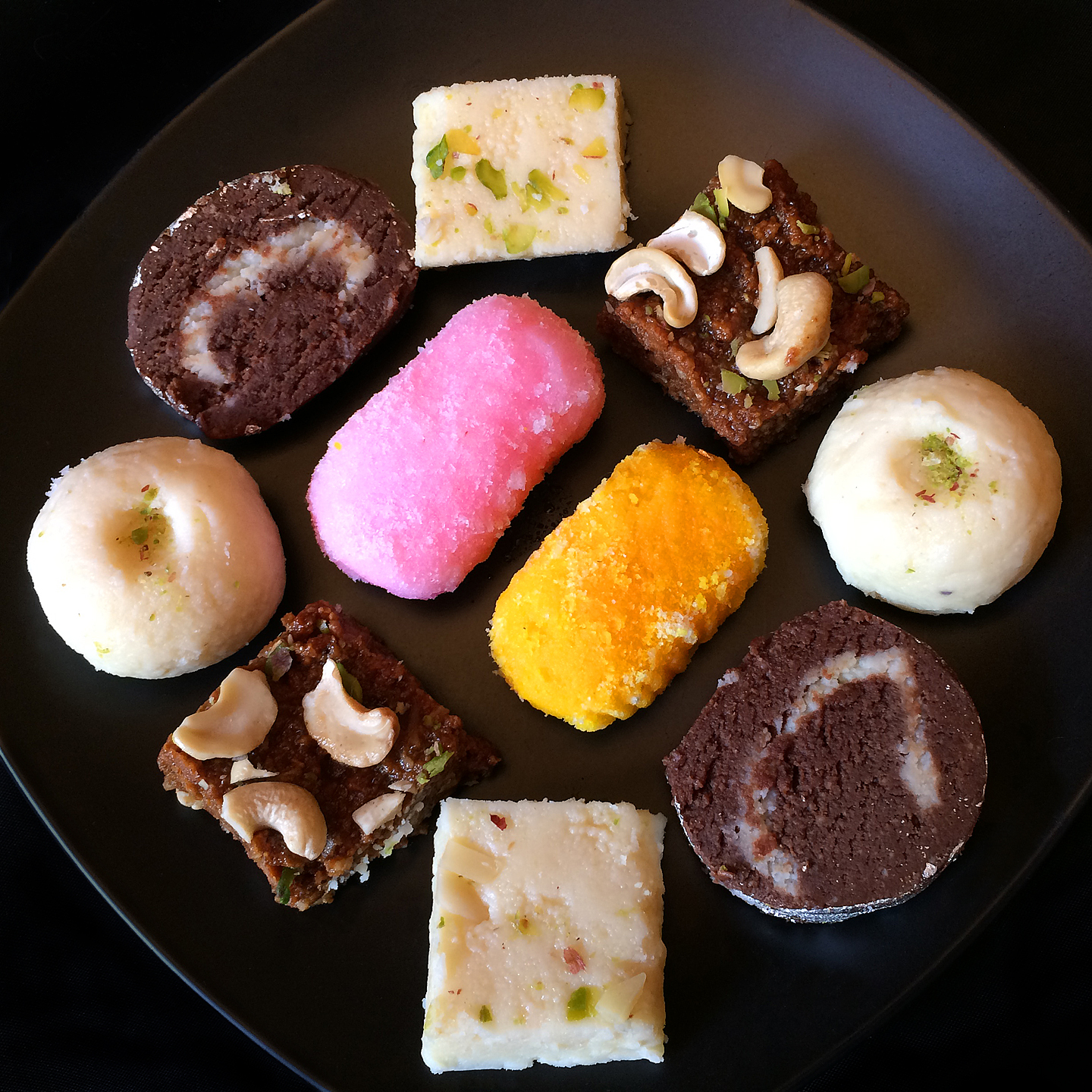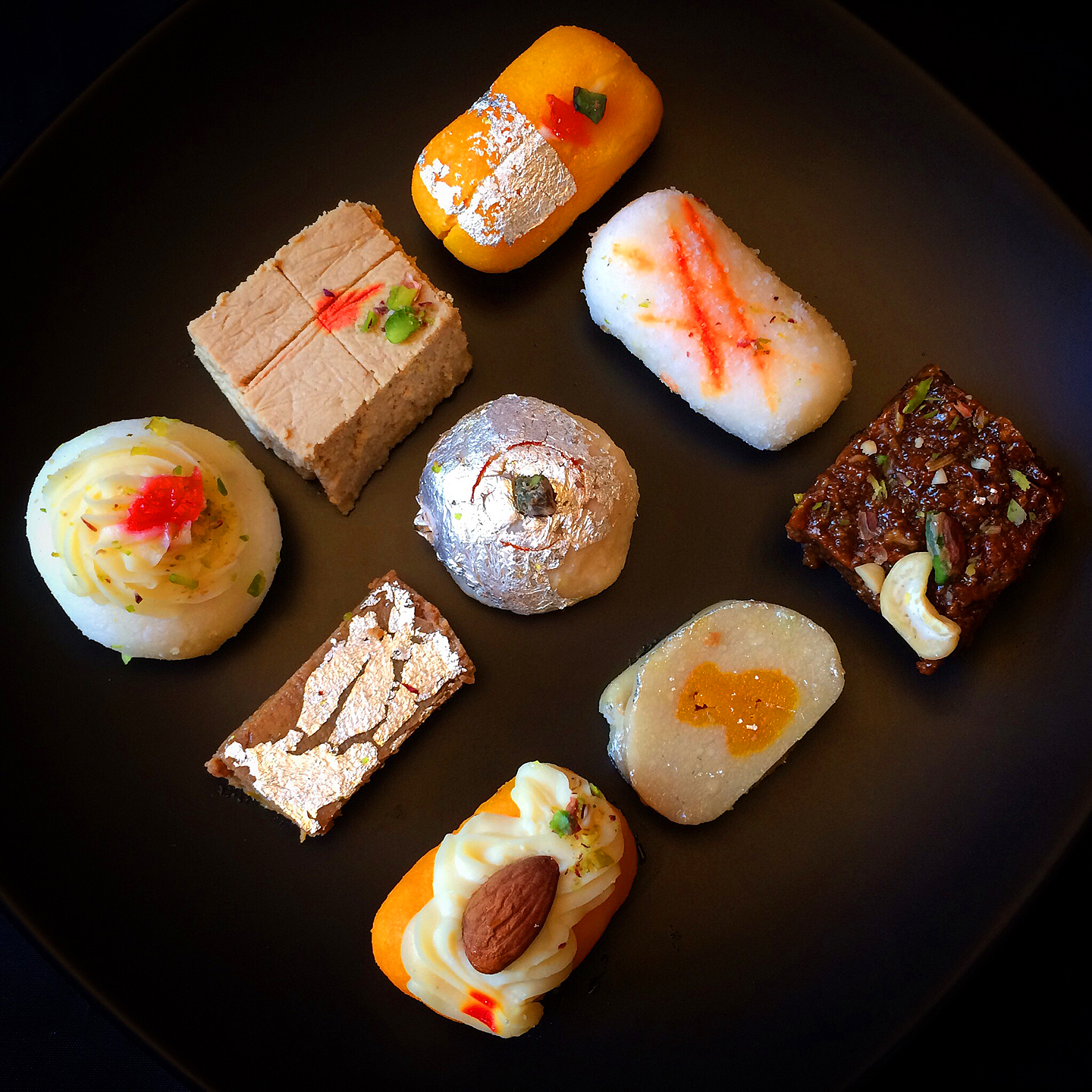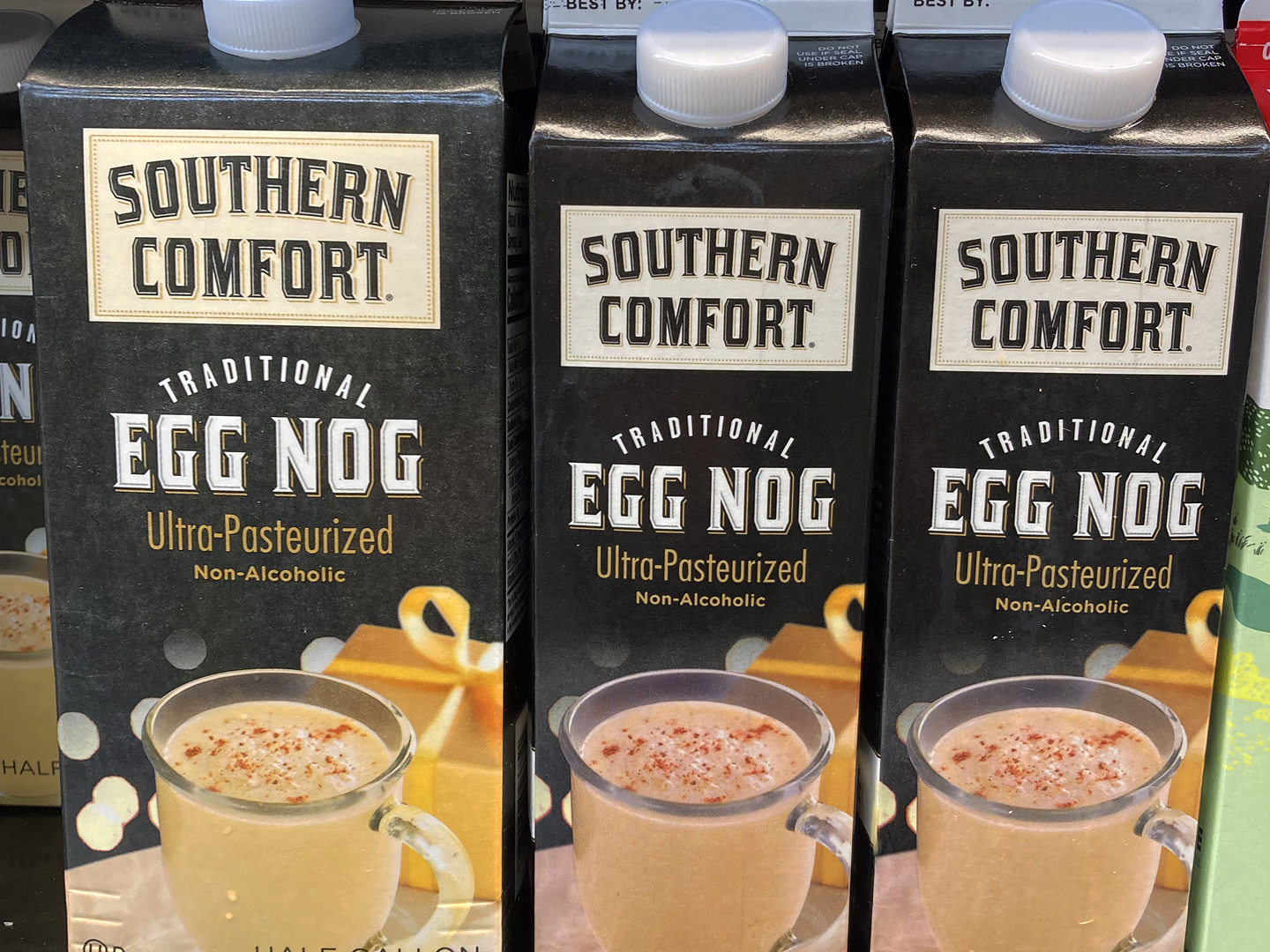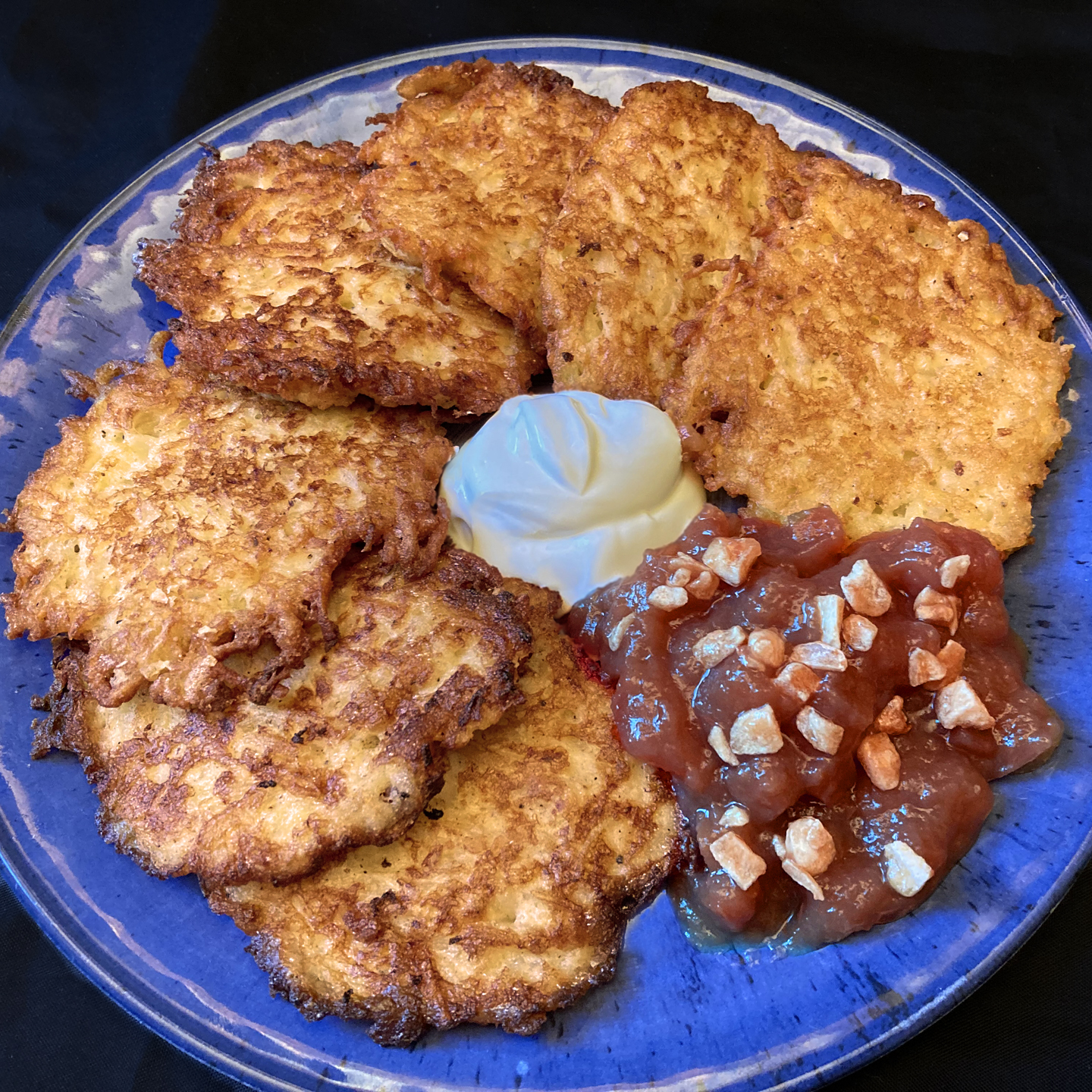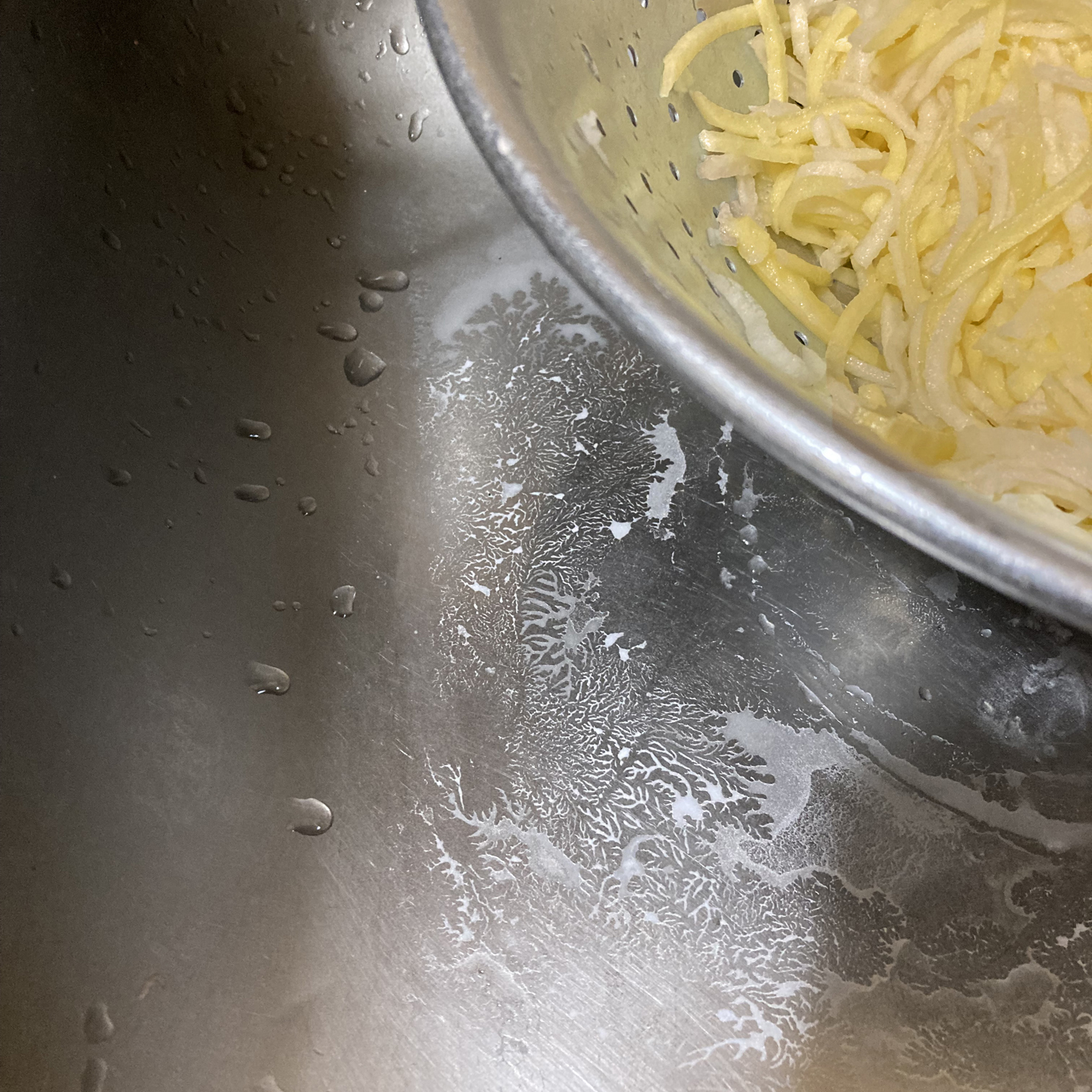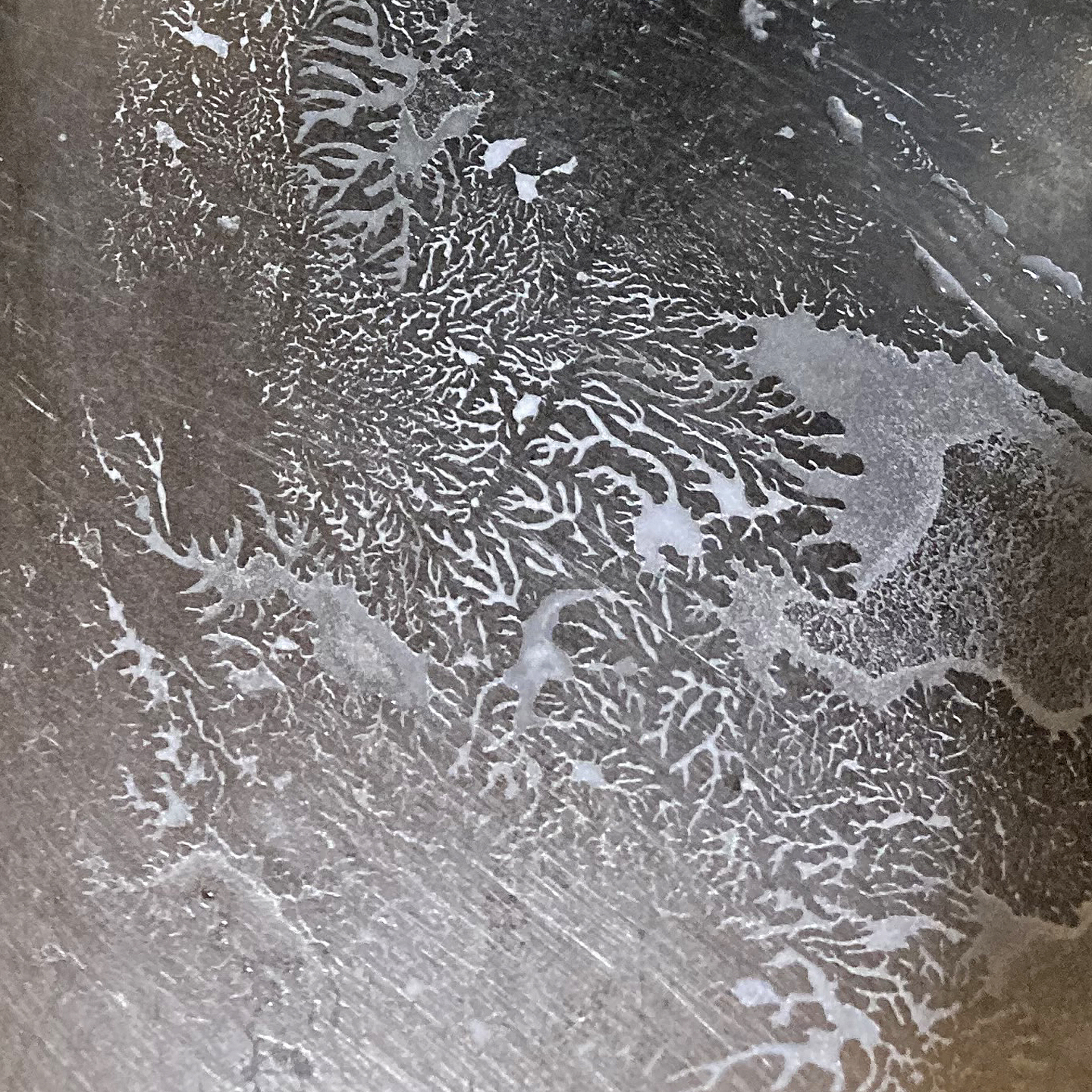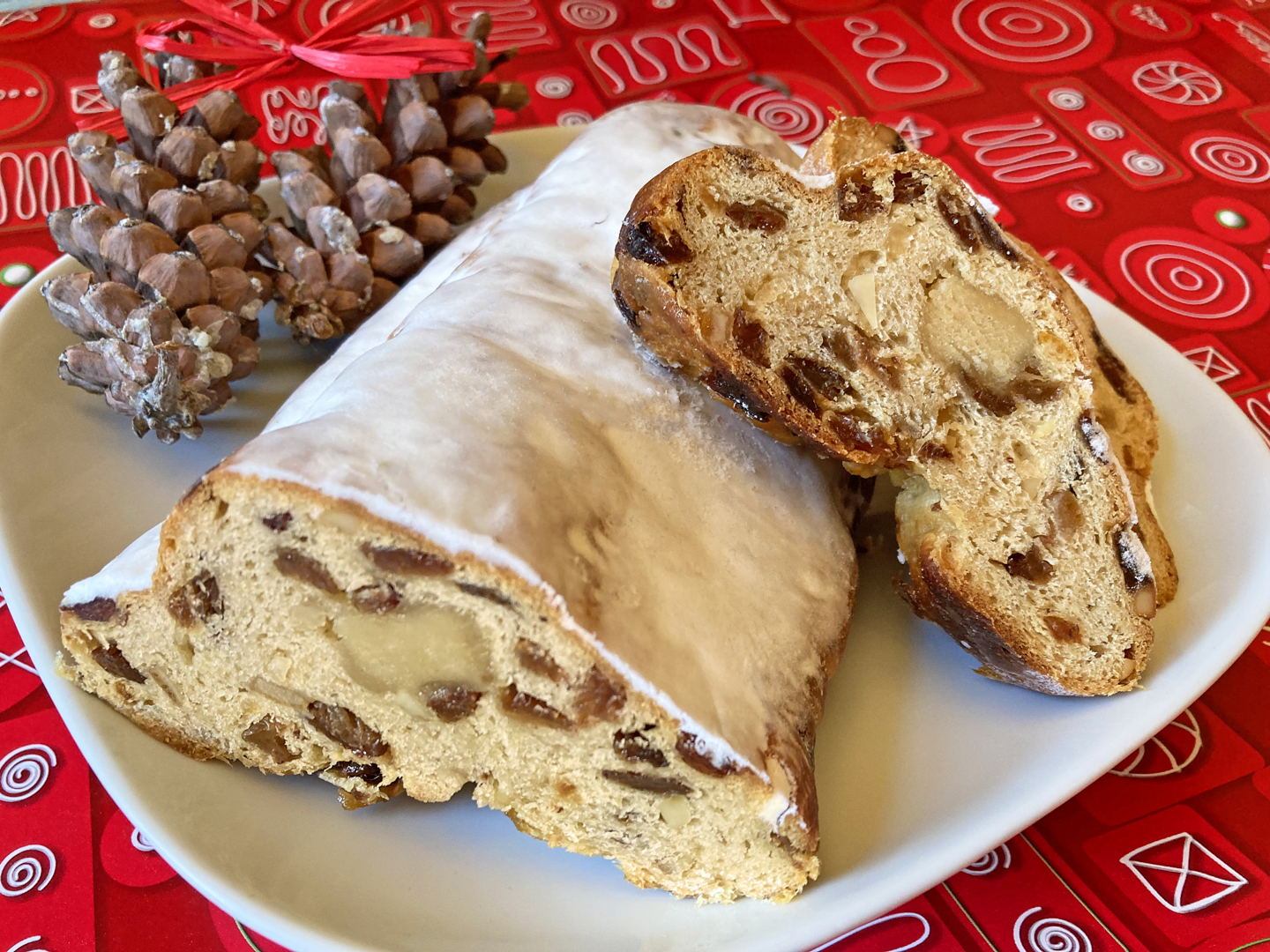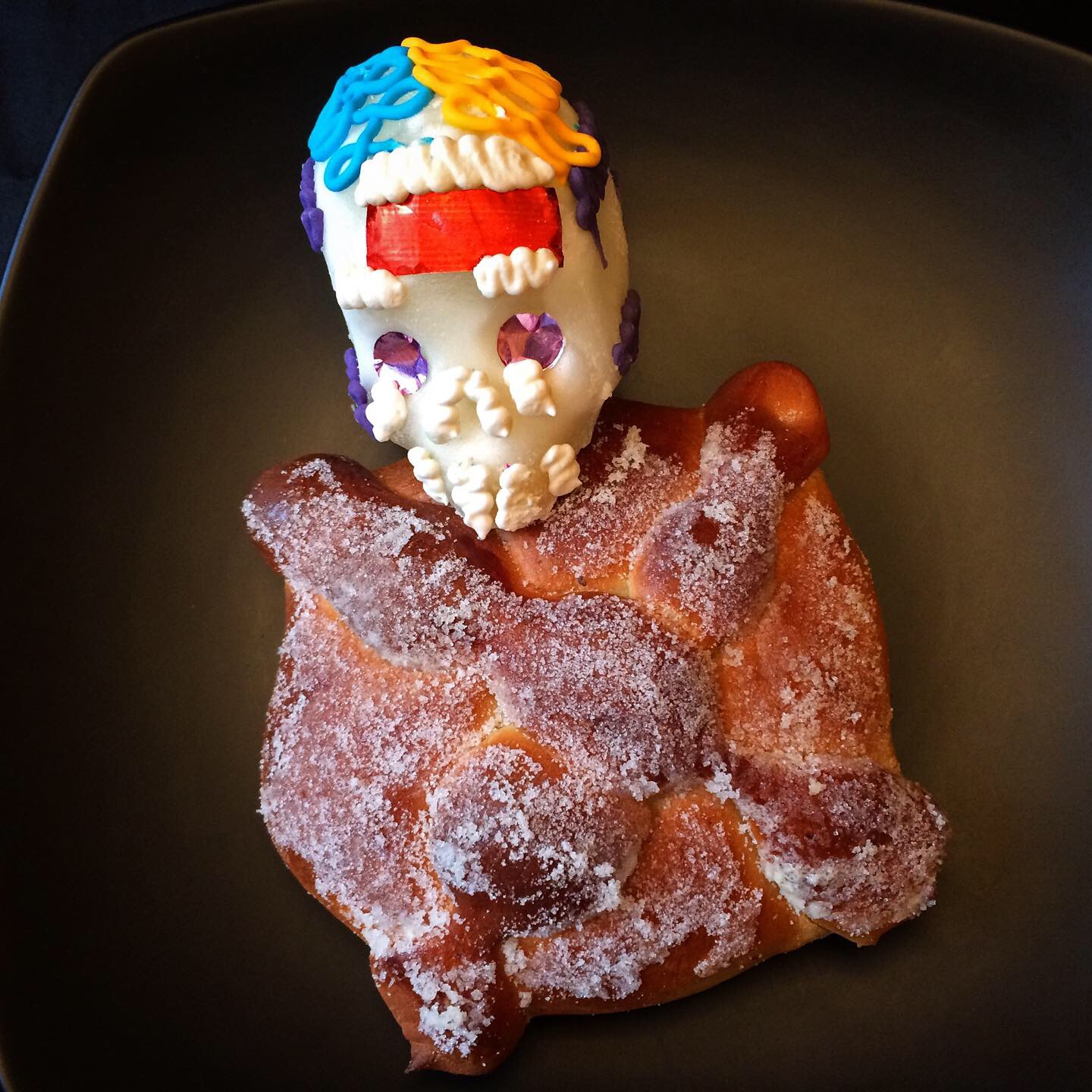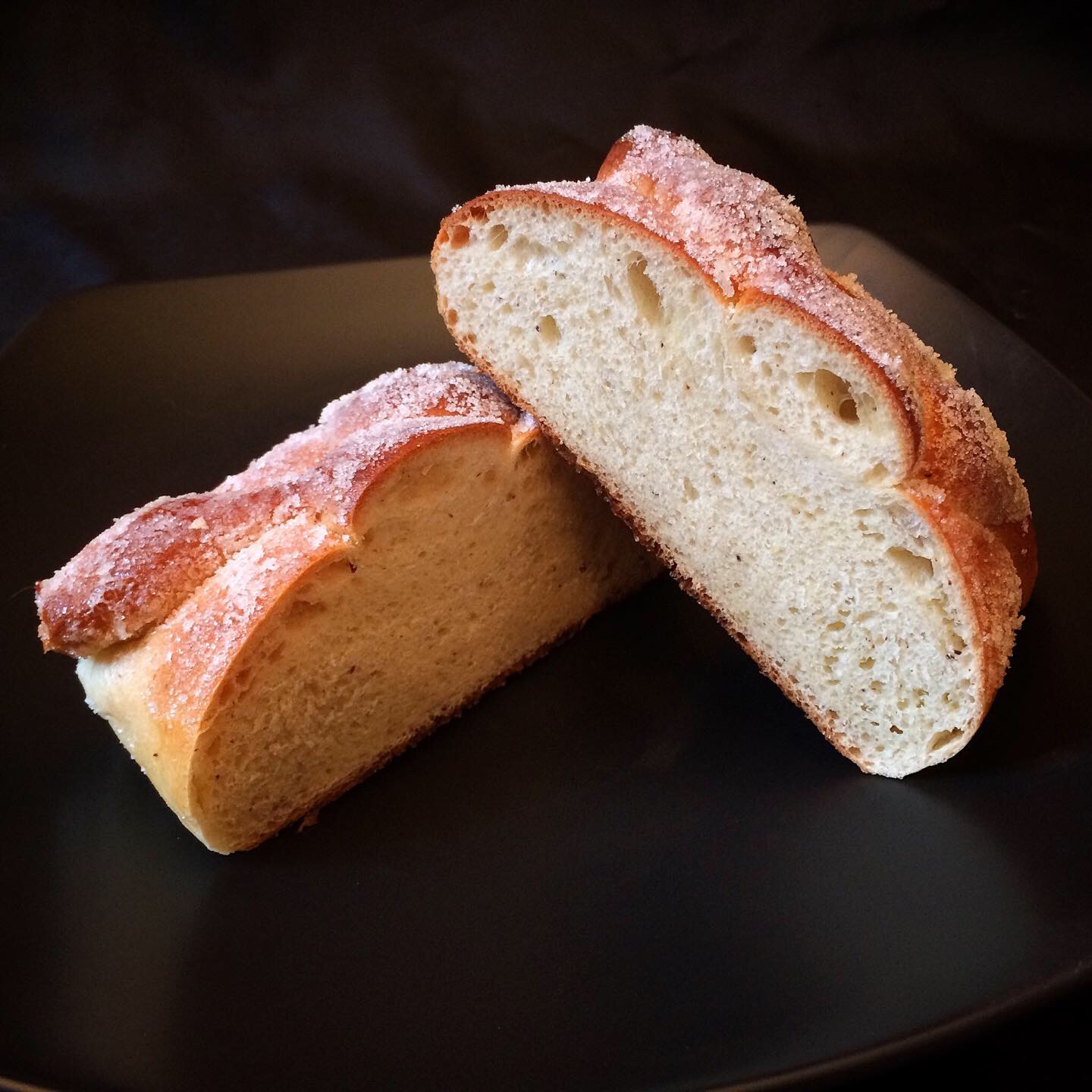Recently, I was chatting with my charming Instagram friend Olya who lives in Ukraine; she’s a nature lover, very much into cooking, and the inspiration for the Ukraine corner of my website.
We were exchanging information about American Thanksgiving and Orthodox Christmas foods and I was surprised to learn that Christmas is officially celebrated on two days in Ukraine. The Orthodox Church still uses the old Julian calendar, therefore its Christmas celebration falls on January 7, thirteen days behind the Gregorian calendar. But backlash against the Russian invasion has prompted Ukrainians to look westward, distancing themselves from the Russian Orthodox Church, and now the Orthodox Church of Ukraine allows worshippers to observe the holiday on December 25 as well. So that makes it doubly special!
Olya provided me with a stocking full of info regarding traditional Ukrainian Christmas foods – and there are many! Here are a few, in no special order:
(Click on any image to view it in high resolution.)
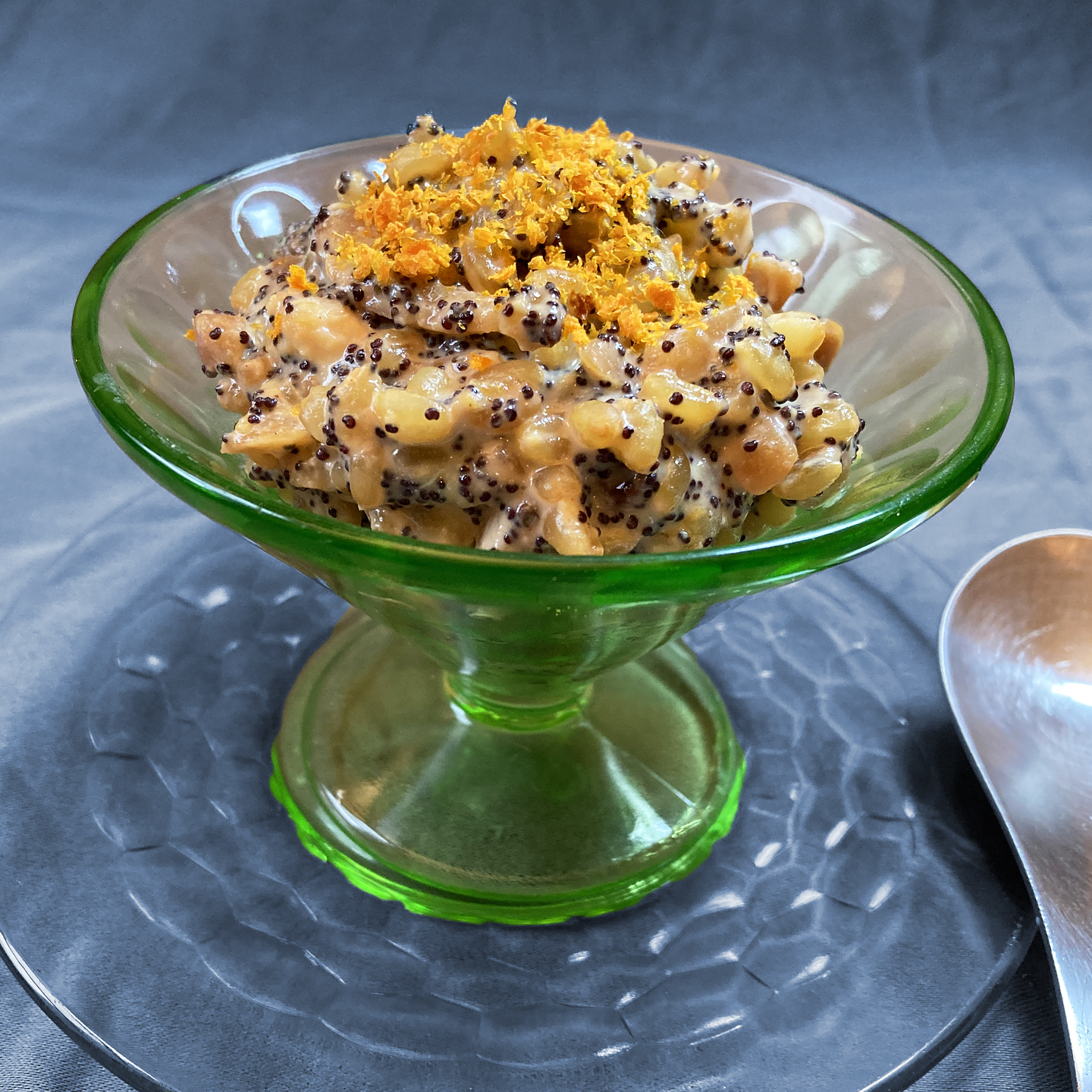
Kutya (кутя) – Best described as a sweet porridge, it’s made from wheat berries, poppy seeds, honey, and customarily includes chopped walnuts and raisins. The wheat berries symbolize immortality and hope, the honey and poppy seeds represent happiness, tranquility, and success. Here’s my homemade version, served in my grandmother’s dish.
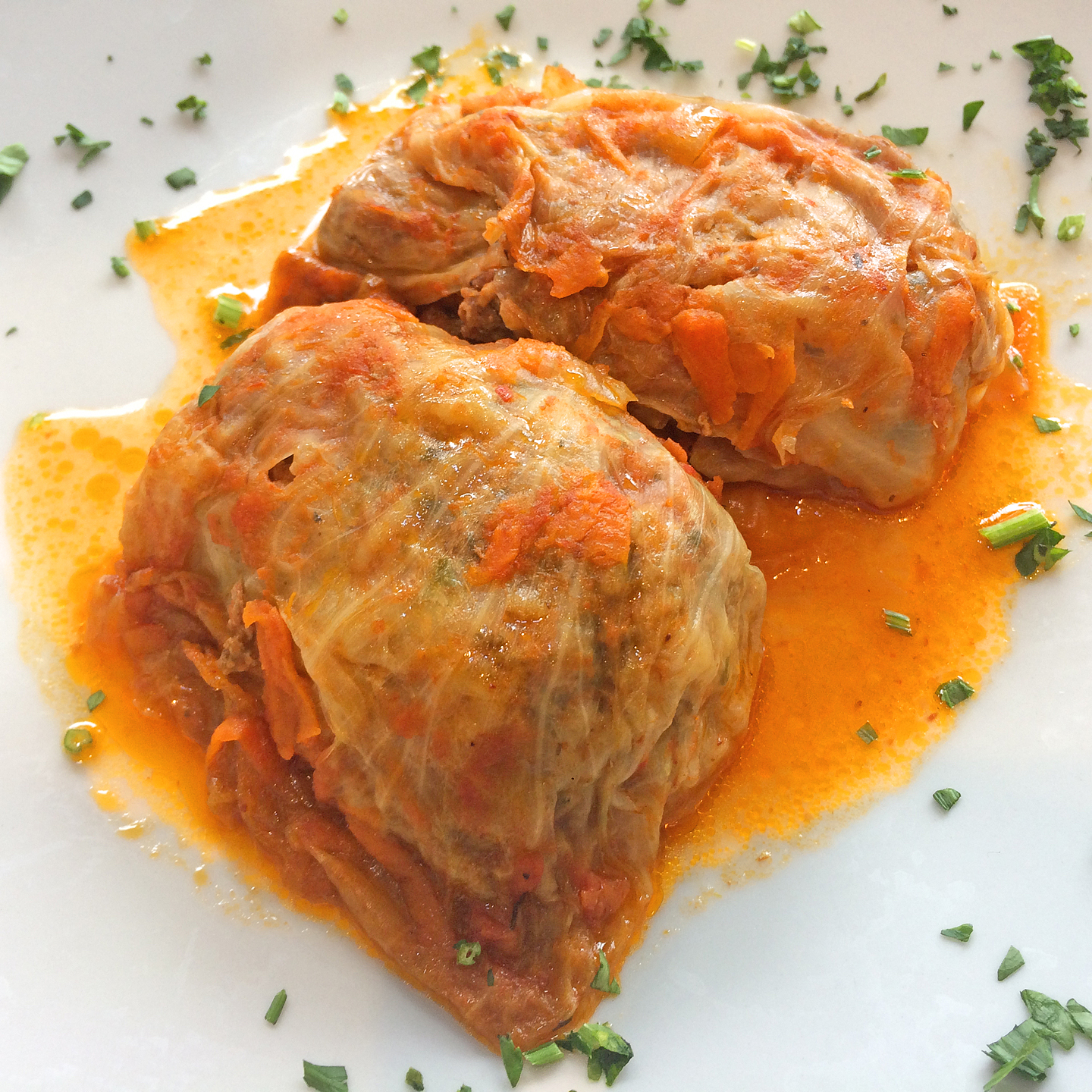
Holubtsi (голубці) – Stuffed cabbage rolls are filled primarily with rice, minced vegetables, and sometimes mushrooms; they are prepared without meat on Christmas Eve, the Ukrainian tradition, and with meat on Christmas Day.
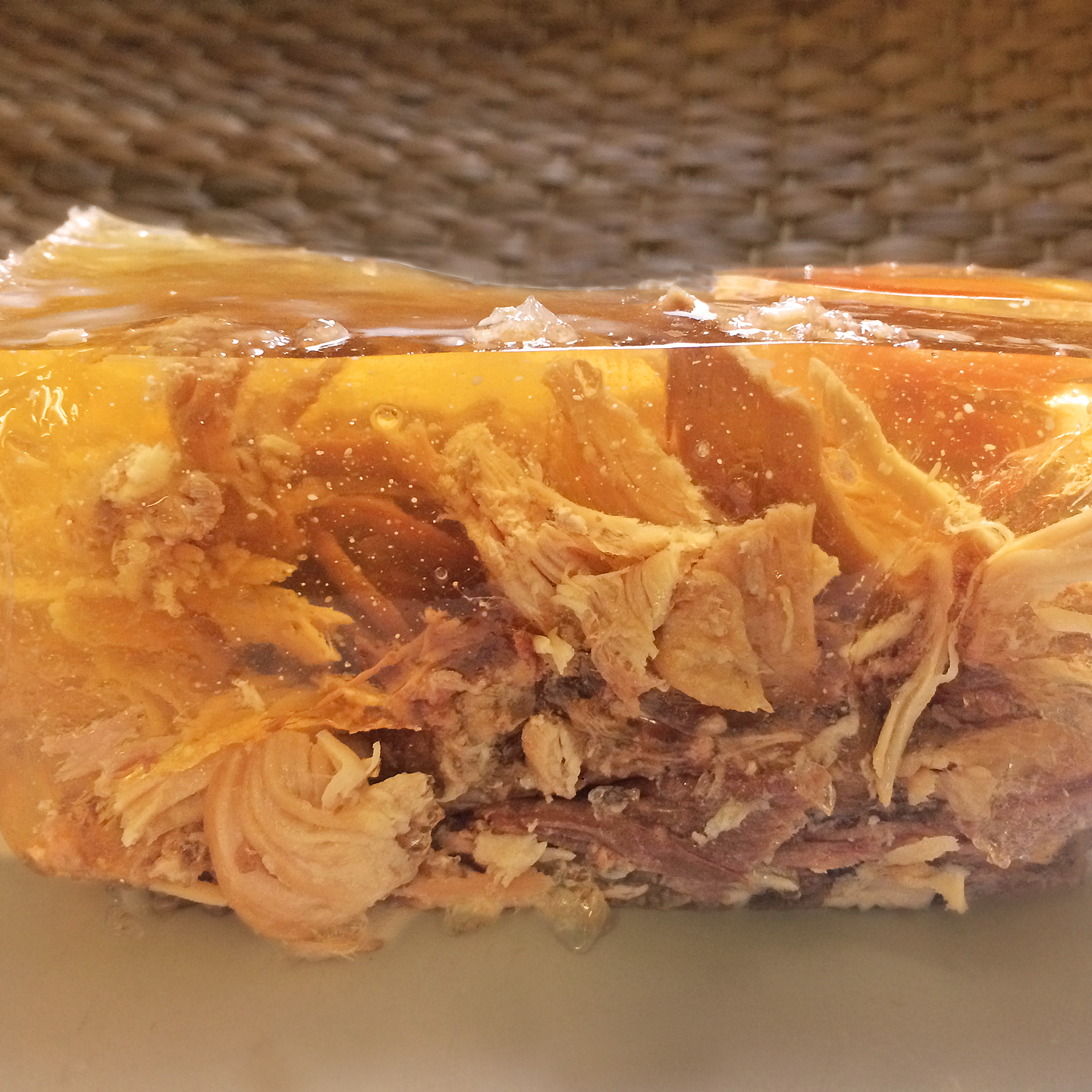
Kholodets (холодець) – A savory meat aspic; chilled meat stock gels naturally because of its high collagen content although gelatin is sometimes added to double down on the texture. Chicken, pork, and vegetables come to the party and it’s often served with red horseradish or mustard.
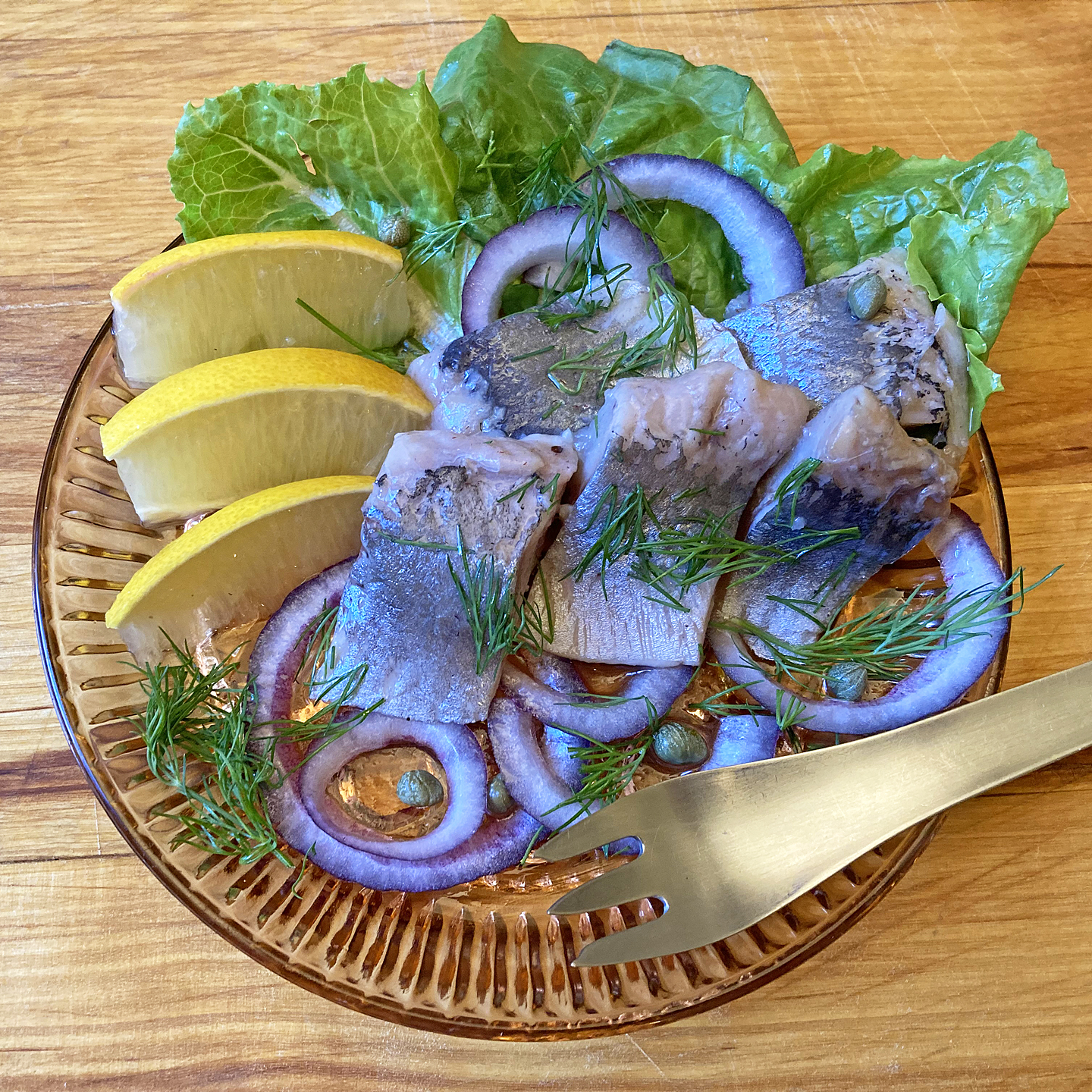
Fish (риба) in many varieties and styles including fried, baked, stuffed, jellied, or marinated (like this herring) is usually a part of Ukraine’s Christmas dinner because it is associated with Jesus.
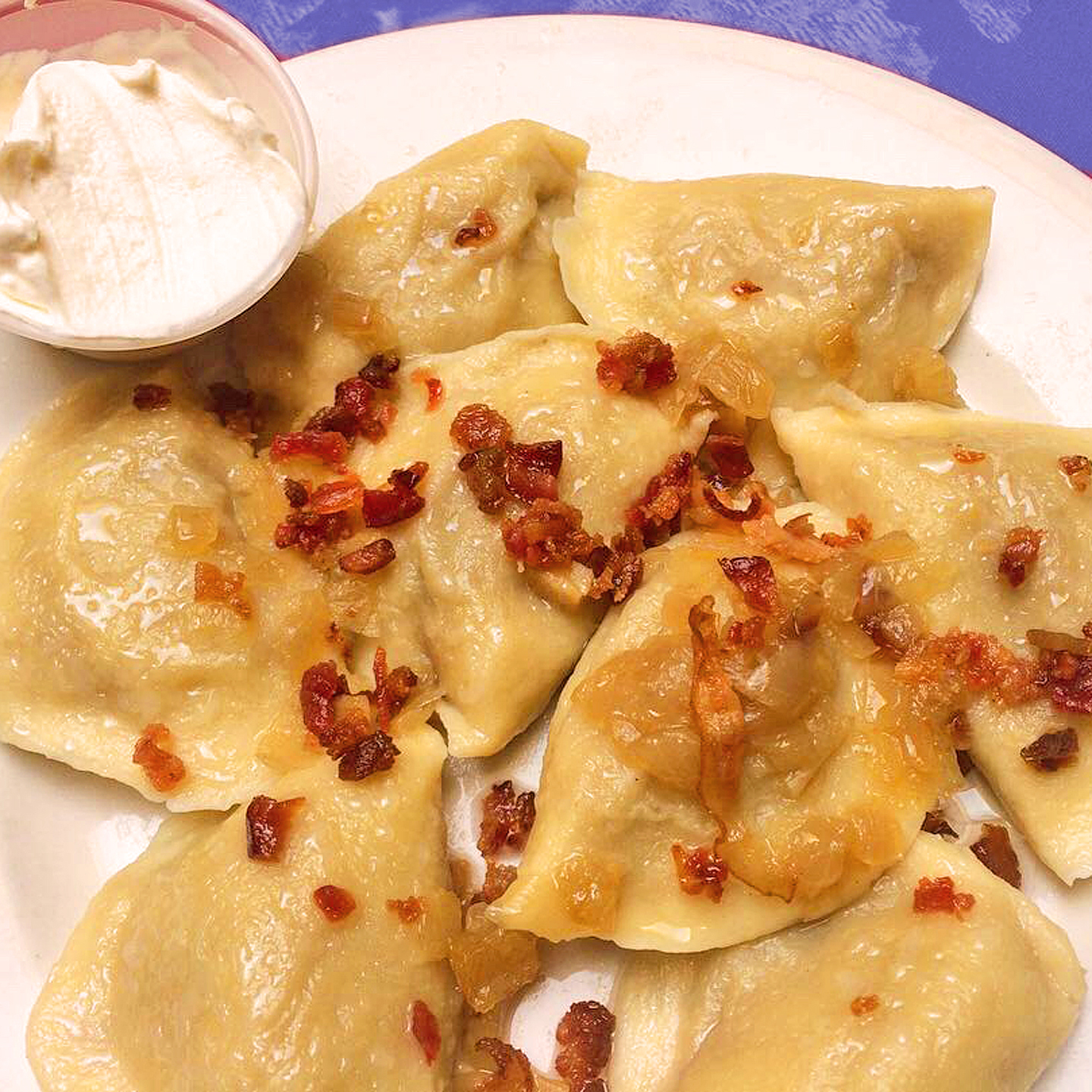
Varenyky (вареники) – These dumplings are one of Ukraine’s national dishes; they can be found in a pair of divergent guises: sweet, filled with cheese and/or fruit; and savory, stuffed with meat, potatoes, or cabbage, and customarily crowned with fried onions, occasionally bacon, and almost always accompanied by a dollop of sour cream.
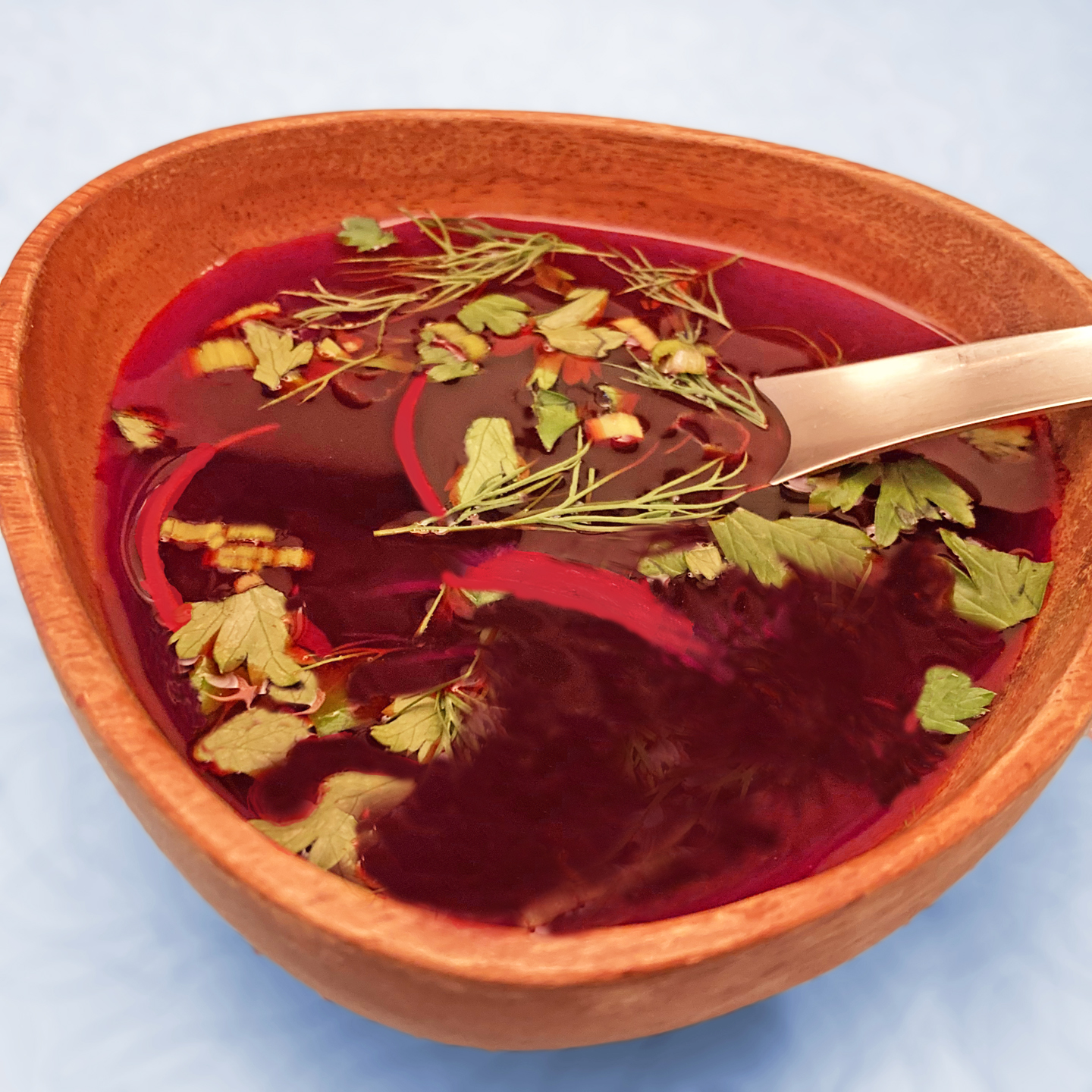
Borshch (борщ) – This popular red beet soup has Ukrainian roots. Again, in keeping with tradition, Christmas Eve borshch is meatless and dairy-free. I’ve added a few fresh herbs, parsley, dill, and scallions to this version.
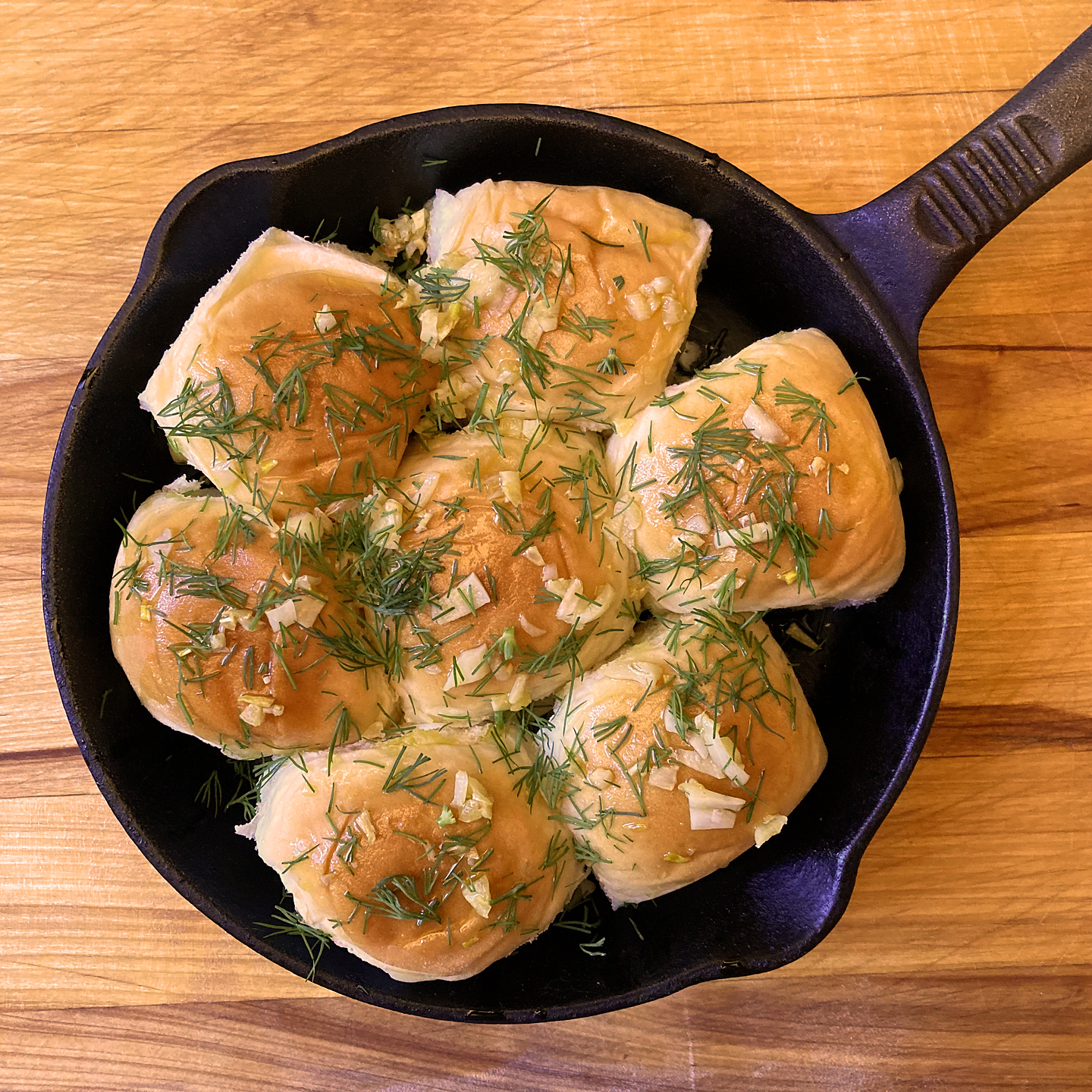
Pampushky (пампушки) – Ukrainian yeast-raised rolls that can be sweet or savory (these are topped with garlic and dill), baked or fried, and are a perfect accompaniment to borshch.
And although I don’t have photos for these dishes, they are an important part of the Ukrainian Christmas dinner table as well:
Kolach (колач) – Ukrainian Christmas Bread. A slightly sweet, braided yeast bread.
Uzvar (узвар) – Ukrainian Winter Punch made from dried fruits and warming spices simmered until your kitchen smells like heaven!
And there are many more. Thank you so much for your help, Olya!
З Різдвом Христовим!

